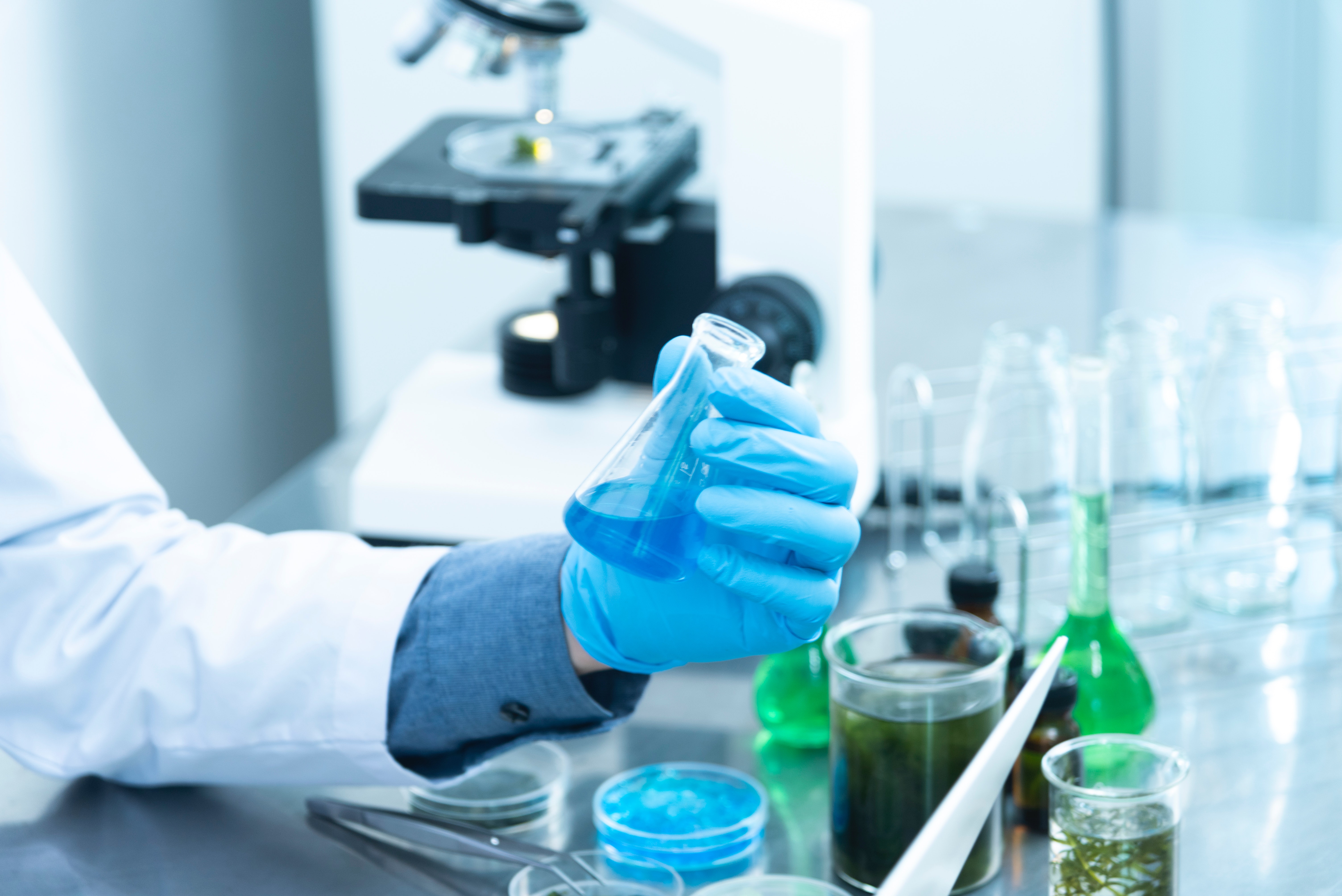
UNDERSTANDING LIFE SYSTEMS - INTERACTIONS IN THE ENVIRONMENT OVERVIEW
By Grade 7, students realize that humans have many impacts on the environment. In the study
of this topic, they will analyze some of these impacts and their consequences, while reflecting
upon their personal responsibility to protect the environment. During investigations, the students
will observe existing ecosystems and investigate factors that may affect balances within the
system. Students will learn that ecosystems consist of communities of plants and animals that
are dependent on each other as well as on the non-living parts of the environment. Care must be
taken to ensure that all students, including students with special education needs, have comparable opportunities to explore the natural world.
In preparation for working outside the school, it is important that students be able to identify
and explain the importance of practices that ensure their personal safety and the safety of others.
This includes understanding why it is important to make the teacher aware of any potential
allergic reactions (e.g., to bee stings), to wear the clothing and footwear appropriate for the conditions, and to stay within the area of study.
UNDERSTANDING STRUCTURES AND MECHANISMS -FORM AND FUNCTION OVERVIEW
Humans build structures to meet specific needs. In doing so, they must consider many factors,
including not only the functions the structures must perform but also the resources available to
build them, the intended lifetime of the structures, and the impact of the structures on the environment. In Grade 7, students will continue to learn about the effects of forces that act on and
within different structural forms. They will investigate how different structural forms support or
withstand loads by designing, building, and testing structures, using increasingly sophisticated
techniques. Other factors that affect a structure’s functioning, such as type of structure and centre
of gravity, will also be explored. It is necessary to provide opportunities for students with special
education needs to participate in these or comparable activities.
As students design, build, and test their structures to determine what loads they can support, it
is important that they do it in a manner that ensures their personal safety and the safety of others.
This includes understanding why it is important to properly dispose of the remains of broken
structures and to protect faces and feet from falling objects.
UNDERSTANDING MATTER AND ENERGY -PURE SUBSTANCES AND MIXTURES OVERVIEW
By exploring the distinction between pure substances and mechanical mixtures and solutions,
students will come to recognize that most matter is either a solution or a mechanical mixture –
including most foods and drinks and many medicines, cosmetics, building materials, and cleaning
agents. Students will use this information to weigh the social and environmental consequences of
the use of various consumer products. The introduction of a scientific model (the particle theory)
to describe the particulate nature of matter will provide students with a conceptual basis for
learning in this area.
When experimenting with pure substances and mixtures, it is important that students be able to
identify and explain the importance of practices that ensure their personal safety and the safety
of others. This includes knowing why it is important to handle glassware safely (when using
plastic containers is not suitable), to choose and safely use an appropriate heat source, and to
use safety goggles or face shields to protect their eyes.
UNDERSTANDING EARTH AND SPACE SYSTEMS-HEAT IN THE ENVIRONMENT
OVERALL EXPECTATIONS
By the end of Grade 7, students will: 1. assess the costs and benefits of technologies that reduce heat loss or heat-related impacts on the environment; 2. investigate ways in which heat changes substances, and describe how heat is transferred; 3. demonstrate an understanding of heat as a form of energy that is associated with the movement of particles and is essential to many processes within the earth’s systems. OVERVIEW Heat energy plays a critical role in natural processes and in human life. Global warming has also focused considerable attention on the processes that control temperatures at the earth’s surface. By acquiring a working understanding of the nature of heat, students in Grade 7 will gain new insights into the ways that heat affects our world. Students will learn about the causes and effects of heat, investigate its properties, relate it to geological and meteorological processes, and use their new-found knowledge to design a device to minimize heat transfer. They will also use the particle theory to help them explain their observations. Experiments with heat require that students identify and explain the importance of practices that ensure their personal safety and the safety of others. This includes knowing why very hot water should always be carried in a closed container (e.g., an insulated flask) and why they should stand when heating things and hold objects that are being heated well away from themselves.
- Teacher: Bouyela Education Corporation